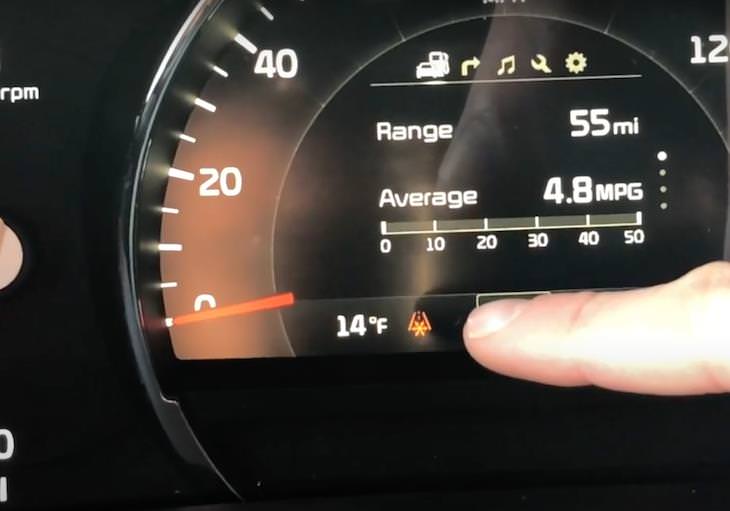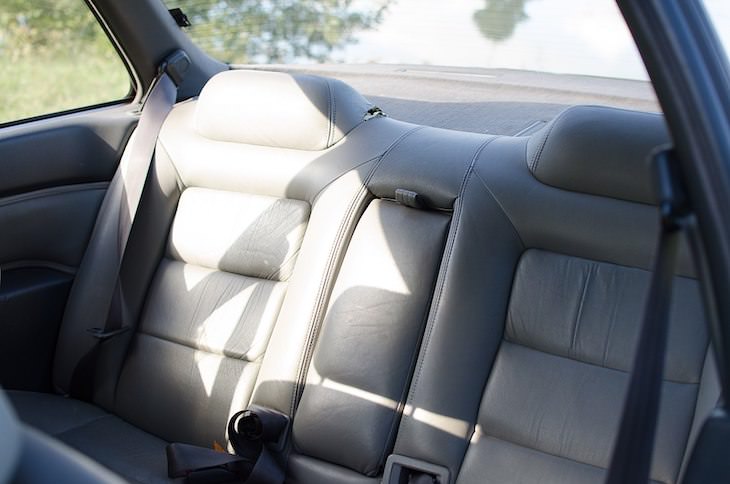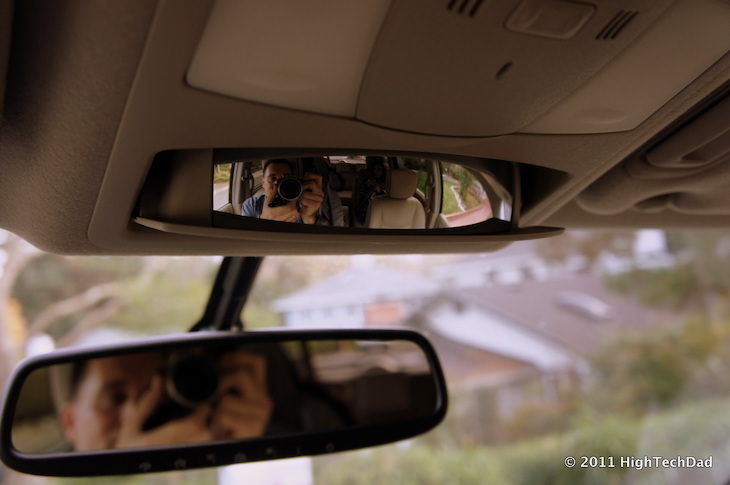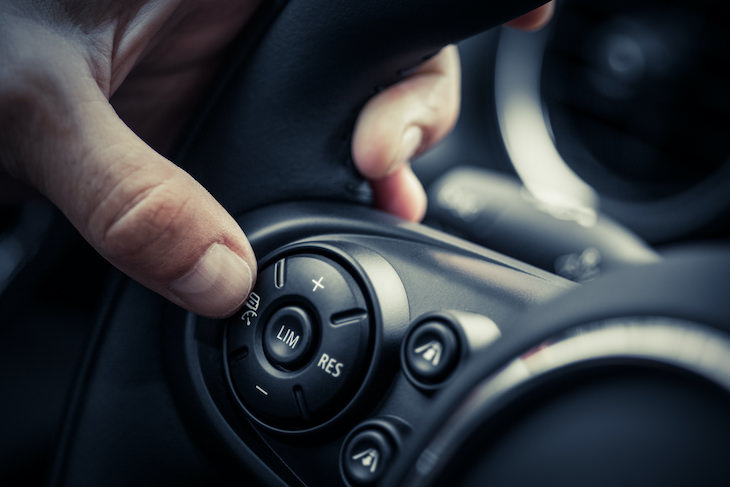
Buying a newer model car is exciting, but if you have been driving an older model for a long time, the sheer number of features in modern car models can be overwhelming. These technologies have been designed to make the driving experience safer and more convenient.
In the article below we've rounded up a list of the most useful features that exist in new car models. If you have already purchased your new vehicle, this list may help you adjust. If you’re still in the process of shopping for one, it would be a good idea to look out for these technologies in your potential future car.

Image Source: YouTube
If you have recently got a new vehicle, it may take a while until you remember on which side of the car the fuel filler is. To save you confusion every time you drive into a gas station, most new cars will have an indicator telling you exactly which side of the fuel pump you need to pull up to. This small triangular arrow on the fuel level gauge is found on the fuel level gauge.

Image Source: YouTube
Nearly every new car has a temperature sensor that indicates the temperature outside. This feature is very helpful in long-distance drives, where the temperatures might significantly change along the way. In most cases, the sensors will activate a warning as the temperatures drop, usually indicated by a snowflake light on the dashboard, while some systems will even give a brief audio warning or show a written message letting you know the roads might be icy.
This reminder will usually appear when the temperature outside goes below 40°F (5°C), as bridges and overpasses will typically freeze before the rest of the road.

Image Source: YouTube
Being distracted while driving is one of the top contributors to accidents in recent years. More often than not smartphones are the culprit, but even just changing the song or the radio station could prove dangerous.
That’s why many new cars come with what is called a ‘heads-up display’. This feature displays critical driving information in front of the driver by projecting it as if it’s floating in front of you on the road. The heads-up display usually includes critical info like your current speed, the speed limit of the road you’re on, or even the current song that’s playing. This way, you don’t have to take your eyes off the road at all.
Related: 8 Useful Waze Features to Enhance Your Driving Experience

Losing control of your vehicle when driving is one of the scariest moments a driver can experience. That is why all new car models sold in the US since 2012 have been fitted with electronic stability control (ESC), a safety system aimed at preventing accidents.
When a car begins to slide out of control, typically the wheels at the back of the car will be spinning faster than the ones at the front. The ESC system monitors all four wheels, and when its sensors detect a slide small amounts of braking can be automatically applied to individual wheels in order to regain stability.
You can temporarily deactivate stability control on some vehicles, just look for a button marked “ESC” or labeled with a symbol of a sliding car. Note that deactivating ESC is only required in specific situations. For example, if you need to get the car out of slippery mud or snow. Normally, it should be activated to keep you and your family safe.
Related: 14 Smart Car Hacks

We have already established that staying fully focused while driving is essential, but it can be difficult at times. To make driving easier and more relaxing, a number of new features have been recently introduced, known as Advanced Driver Assistance Systems (ADAS for short). Some of these features will use radar and laser systems to scan the road ahead and behind and warn of hazards.
One example is forward collision warning, which looks ahead for cars that are rapidly slowing down. If the car doesn’t sense you moving your foot to the brake pedal, it will flash a warning on the dashboard. Some cars will go a step further and actively apply the brakes for you to help avoid a collision.

Changing lanes on a busy highway can be nerve-wracking even for the most experienced drivers. Blind-spot monitoring was introduced just for these situations. These systems use radar and other sensors to determine if there is an obstacle to the left or right of your vehicle and flash a warning light to alert you. Most of these systems will sound an audible warning too, once you turn on the turn signal, to let you know that a lane change is inadvisable.
Related: 11 Secret Features in Everyday Objects You’ll Want to Know

Image Source: Wikimedia Commons
We have heard a few horror stories in the last couple of years, about babies accidentally being left in the back seats of cars. Automakers have caught onto this and incorporated systems in new car models to prevent these tragedies from happening.
If the car detects that a rear door had been opened either right before or right after starting the car, the system will make a sound or flash an alert on the dashboard once the engine stops, to remind you to take a look at the backseat before exiting the car.

Image Source: Wikimedia Commons
Another feature that was developed with families in mind is the conversation mirror - a small convex mirror located near the interior rear-view mirror. This secondary mirror allows the driver and front-seat passenger to get a better view of those in the back-seat. That way, monitoring small children or pets becomes much easier.

According to the US Center for Disease Control, up to 6,000 of the yearly fatal crashes involve a drowsy driver. At the end of the day, it is up to the driver to be responsible and acknowledge when they are past their limits and need time to rest. But automotive engineers are doing their best to help by developing various driver drowsiness detection systems that will alert the driver if the system believes they’re too tired to drive.
The way most of these systems work is by monitoring the steering input and comparing your steering motions to how often various lane-keeping systems have to intervene and alert you. If the car determines you might be exhausted it will suggest that take a break, usually by displaying a coffee cup symbol on the dashboard.

Traditional cruise control is useful when driving on an open highway when you can drive safely at a steady speed. By enabling cruise control you can let your footrest from holding down the accelerator for a while.
Modern adaptive cruise control uses a myriad of sensors to scan the road ahead and adapt your car’s speed to the rest of the vehicles ahead. With control on the steering wheel, you select a target speed, and the car will maintain it—or slow down to stay a safe distance from the car in front.
Share this article with someone who would find it useful